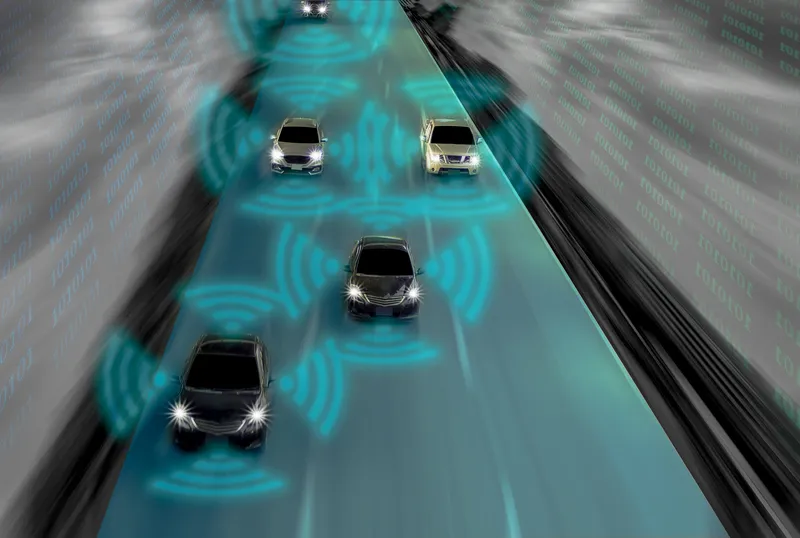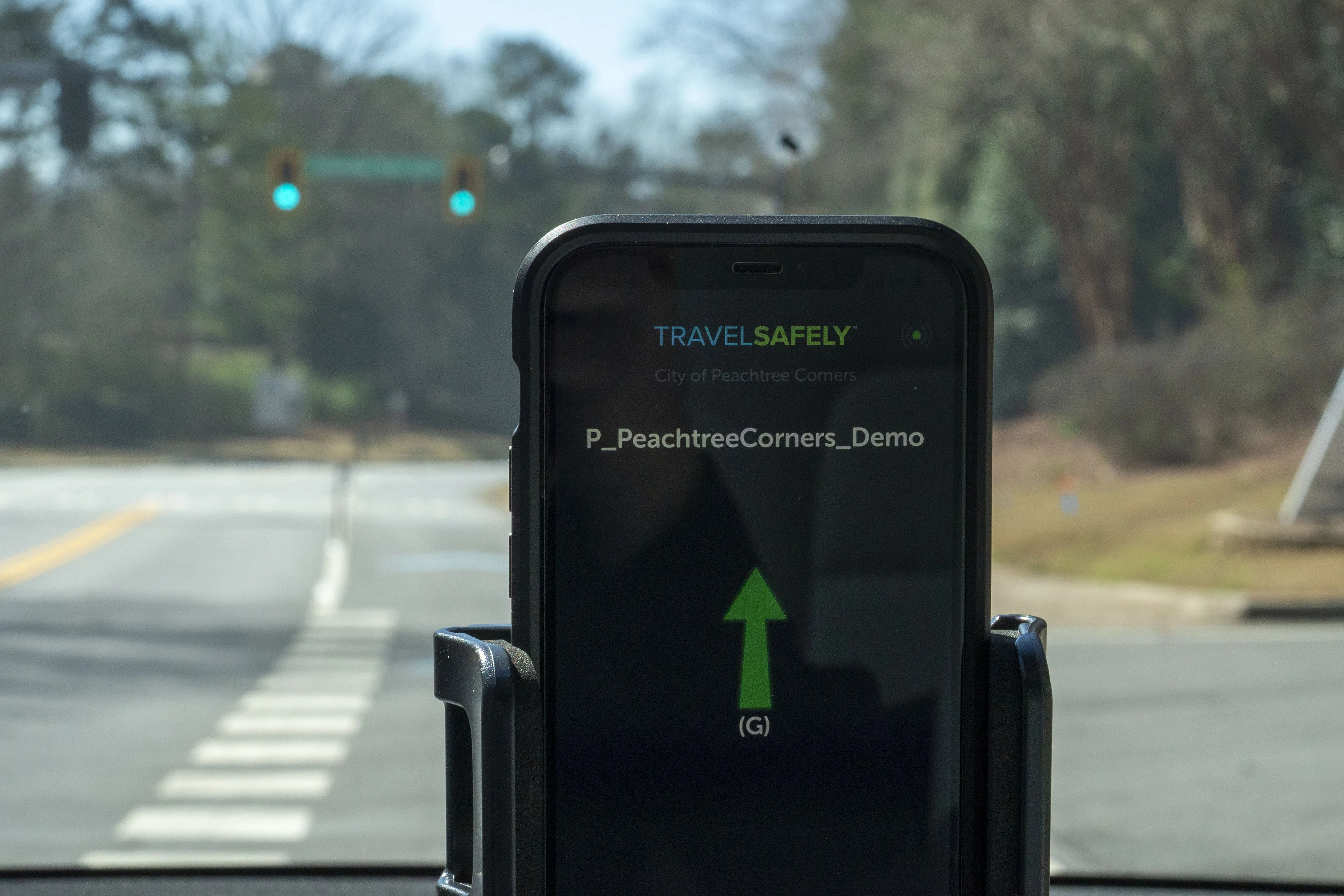The University of Michigan Transportation Research Institute (UMTRI) and US Department of Transportation (USDOT) have launched the Connected Vehicle Safety Pilot Model Deployment in Ann Arbor, Michigan. The largest connected vehicle test undertaken, and a critical next step in the development of vehicle-to-vehicle (V2V) and vehicle-to-infrastructure (V2I) communication.
The pilot, a $22 million partnership between UMTRI and USDOT, is part of a joint research initiative led by the National Highway Traffic
November 30, 2012
Read time: 3 mins

The 5647 University of Michigan Transportation Research Institute (UMTRI) and 324 US Department of Transportation (USDOT) have launched the Connected Vehicle Safety Pilot Model Deployment in Ann Arbor, Michigan. The largest connected vehicle test undertaken, and a critical next step in the development of vehicle-to-vehicle (V2V) and vehicle-to-infrastructure (V2I) communication.
The pilot, a $22 million partnership between UMTRI and USDOT, is part of a joint research initiative led by the834 National Highway Traffic Safety Administration (NHTSA) to gauge how well wireless connected technology works when taken to street level. This massive and unprecedented project was launched on 21 August and will continue for a year on and around the University of Michigan campus. Nearly 3,000 cars, trucks and buses equipped with Wi-Fi-like V2V and V2I devices will communicate to each other and transportation infrastructure. UMTRI refers to the project as a “scaled-down version of a future in which all vehicles will be connected”.
The technology involves both V2V and V2I communications that transmit and receive vehicle data such as position, speed and direction. Drivers are alerted to a potential crash situation — such as a nearby vehicle unexpectedly braking, a sudden lane change, merging traffic, etc. — by a visual or audible warning inside their vehicles.
Each vehicle will be equipped with three devices. Firstly, a wireless vehicle awareness device (VAD) securely and privately transmits the vehicle’s speed and location to other vehicles in the immediate area. Secondly, an aftermarket safety device (ASD), similar to a VAD, also receives speed and location data from other vehicles, and utilizes this information to generate audio warnings if the threat of a crash exists. Thirdly, a data acquisition system (DAS) collects video and data on driver performance so researchers can learn how drivers interact with the technology, and how they respond when crash warnings are presented.
The sheer scale of the pilot testing should help to broaden understanding of the concept behind connected vehicle technology. It is not just about a vehicle communicating with another vehicle and the surrounding infrastructure; rather a complex network of vehicles and infrastructure seamlessly communicating continuously across the entire transportation environment.
A series of ‘driver clinics’ was completed by USDOT earlier this year, conducted across the country to study how drivers respond to connected vehicle technology. These clinics took place on private test tracks, however. The new pilot deployment will finally start to deliver some answers about how all this innovative technology will function and integrate in reality on public roads and highways.
Connected vehicle development is not just about technology either – it is about human lives. Motor vehicle crashes represent the largest single public health crisis in the United States today, claiming the lives of more than 32,000 Americans each year. It is the leading cause of death for young Americans between four and 35 years of age. The ultimate goal of the pilot is to definitively determine whether connected vehicle technology can do something about this dire situation, by improving safety and reducing the number of crashes, as well as delivering on other promising advantages such as mitigation of traffic congestion.
“Connected vehicle technology has the ability to address as much as 80% of crashes of unimpaired drivers and greatly reduce carbon emissions,” explains UMTRI Director Peter Sweatman. US Transportation Secretary Ray LaHood adds: “This is a big moment for automotive safety. Cutting-edge technology offers real promise for improving both the safety and efficiency of our roads. That is a winning combination for drivers across America.”
The pilot, a $22 million partnership between UMTRI and USDOT, is part of a joint research initiative led by the
The technology involves both V2V and V2I communications that transmit and receive vehicle data such as position, speed and direction. Drivers are alerted to a potential crash situation — such as a nearby vehicle unexpectedly braking, a sudden lane change, merging traffic, etc. — by a visual or audible warning inside their vehicles.
Each vehicle will be equipped with three devices. Firstly, a wireless vehicle awareness device (VAD) securely and privately transmits the vehicle’s speed and location to other vehicles in the immediate area. Secondly, an aftermarket safety device (ASD), similar to a VAD, also receives speed and location data from other vehicles, and utilizes this information to generate audio warnings if the threat of a crash exists. Thirdly, a data acquisition system (DAS) collects video and data on driver performance so researchers can learn how drivers interact with the technology, and how they respond when crash warnings are presented.
The sheer scale of the pilot testing should help to broaden understanding of the concept behind connected vehicle technology. It is not just about a vehicle communicating with another vehicle and the surrounding infrastructure; rather a complex network of vehicles and infrastructure seamlessly communicating continuously across the entire transportation environment.
A series of ‘driver clinics’ was completed by USDOT earlier this year, conducted across the country to study how drivers respond to connected vehicle technology. These clinics took place on private test tracks, however. The new pilot deployment will finally start to deliver some answers about how all this innovative technology will function and integrate in reality on public roads and highways.
Connected vehicle development is not just about technology either – it is about human lives. Motor vehicle crashes represent the largest single public health crisis in the United States today, claiming the lives of more than 32,000 Americans each year. It is the leading cause of death for young Americans between four and 35 years of age. The ultimate goal of the pilot is to definitively determine whether connected vehicle technology can do something about this dire situation, by improving safety and reducing the number of crashes, as well as delivering on other promising advantages such as mitigation of traffic congestion.
“Connected vehicle technology has the ability to address as much as 80% of crashes of unimpaired drivers and greatly reduce carbon emissions,” explains UMTRI Director Peter Sweatman. US Transportation Secretary Ray LaHood adds: “This is a big moment for automotive safety. Cutting-edge technology offers real promise for improving both the safety and efficiency of our roads. That is a winning combination for drivers across America.”









